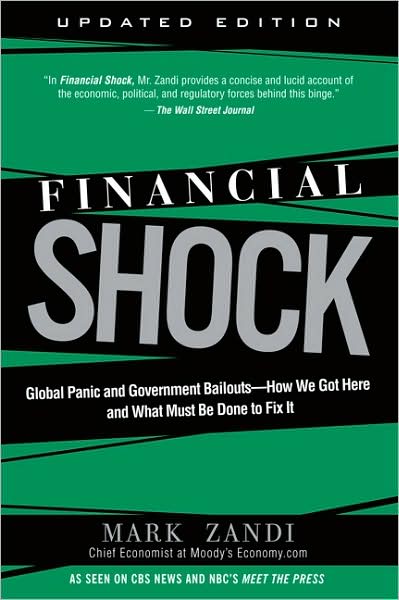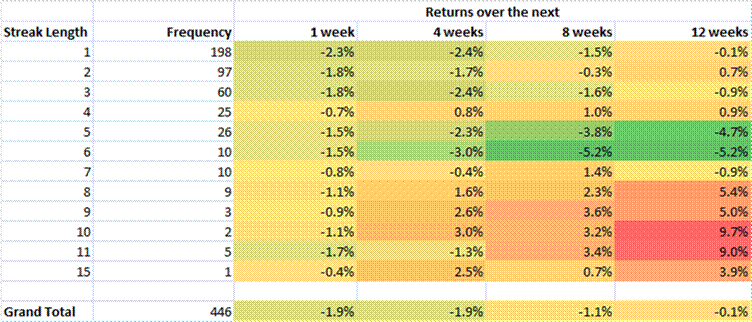Monetary Policy is Loose — The Yield Curve is Steep
With a headline like that, you might be inclined to say, “Duh! Next you’re going to tell me that the sky is blue.”? Guilty, I am, but I won’t mention the azure sky; it’s raining here. ;)? I got here through analyzing the swap curve and asking the question, “When has the swap curve been shaped like this in the past?”
Swap curve.? Time for explanations.? The interest rate swap market is big — very big.? It allows parties to exchange a fixed yield over a period, for a floating rate, 3-month LIBOR [London Interbank Offered Rate], or vice-versa.? The fixed rates at different tenors/maturities define the swap curve. Typically, these swaps are done with AA-rated banks, so credit spreads versus Treasuries are low.
Personally, I find swap rates more comparable across countries than sovereign obligations.? Why?? The maturities are more similar, as is the credit quality.? Anyway here is my graph of comparable swap curves.? I would post it as a picture, but my browser keeps crashing on me.
Broadly, the shape of the current swap curve if very similar to the curves in October 1992 (no 30-year swap data), February 2002, and May 2004.? What was the state of economic policy at each of those times?
- October 1992 — FOMC policy had just reached its most generous level for that cycle, where it would stay at 3% until the speculative pressure built up from overly cheap money would rapidly change in 2004.? There was considerable doubt as to whether monetary policy would be effective, and commercial real estate was still in the tank.? The great concern should have been getting monetary policy out of boom/bust mode — letting a recession take its course, and not trying to artificially make them shorter or more shallow than they need to be to clear away bad debts.? As it was, the great monetary ease was the prelude to the bond market’s annus horribilis in 1994, together with the collapse of the negative convexity trade, and the speculation in Mexican cetes, all of which required easy money.
- February 2002 — nearing the effective end of the loosening cycle, and panic is considerable.? Many worries over technology and industrial companies.? The stock market was going down almost every day.? European financials, overloaded with equity-linked and other risk assets, were getting crushed.? Bright spot: US banks were in good shape, as was the housing market.
- May 2004 — the easing cycle was just about to end, and about 18 months too late, with at least 1% more easing than was needed.? The US residential housing markets are in a feeding frenzy, and clearly, the recession is long since past.? The curve was steep only because Fed policy had not budged, and the market anticipated a considerable adjustment.
Three very different situations, and different than what we face today.? The one commonality is the loose monetary policy.? Some will say monetary policy doesn’t feel loose today.? That is because the Fed funds rate is down at the zero bound, and monetary policy is being conducted through “credit easing” — using the Fed’s balance sheet to benefit troubled lending markets, rather than the economy as a whole.
The present rise in long rates is partially a repudiation of the Fed’s ability to control the long end of the curve in Treasuries, Agencies, and Mortgage rates.? The Fed is too small to achieve such a task, so once the emotional shock of their buying program wore off, the curve steepened, pushed by hedging in the residential mortgage market, once the move became great enough.
We’re in uncharted waters here, so in whatever role you play in investing, be careful.? Unusual situations beget more unusual situations.? More on this in future posts.




